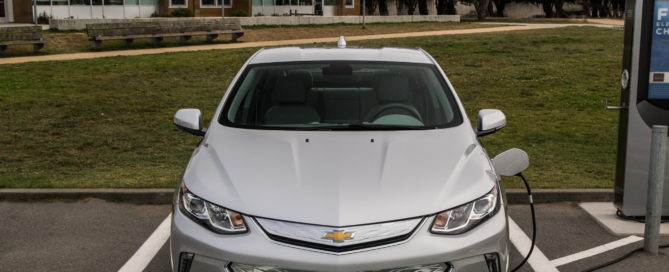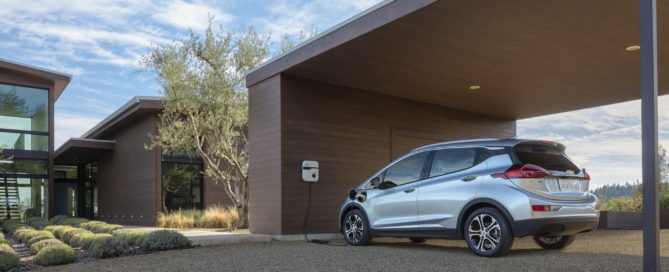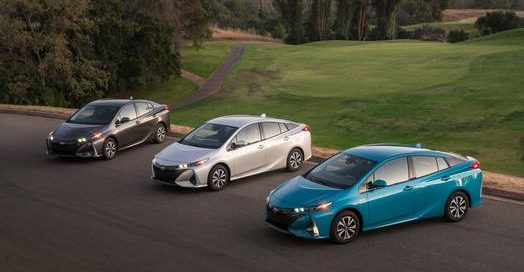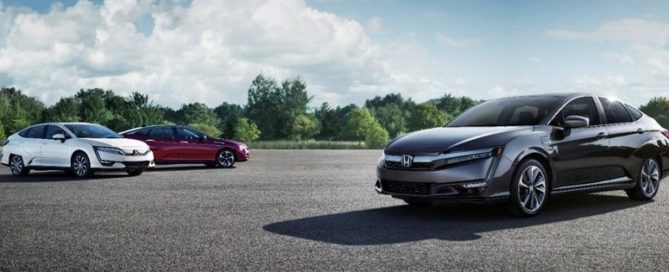Plug-in Hybrid Electric Vehicles: What You Need To Know
Plug-in Hybrid Electric Vehicles: What You Need To Know By Randy Lioz, Editor, Car-ED.com | July 2018 2011 Chevy Volt, photo credit: GM General Motors introduced a radical new idea into the marketplace with the debut of the 2011 Chevrolet Volt. While some brands, like Nissan and Tesla, wanted to move forward with an all-electric future as quickly as possible, GM recognized that few consumers had full confidence that a pure EV would fit their lifestyles well. Electric vehicle range was still well below that of the typical gas car, and the charging infrastructure wasn't built out to support a fleet of electric cars, giving rise to the phenomenon termed "range anxiety." The solution for this was a car that would combine the advantages of both EVs and gas-powered cars: the plug-in hybrid. The idea behind the Volt was that it would act as a pure EV for the first 40 miles—GM's research had told them that nearly four out of five commuters had a round trip of under 40 miles—but then rely on a small gas engine, dubbed a "range extender," to allow the owner to keep driving even when there was no place to recharge. The final electric range turned out to be 38 miles, however. With the Volt's launch, GM created an entirely new sales category. The company had hoped to replicate the runaway success of the Toyota Prius, which [...]



